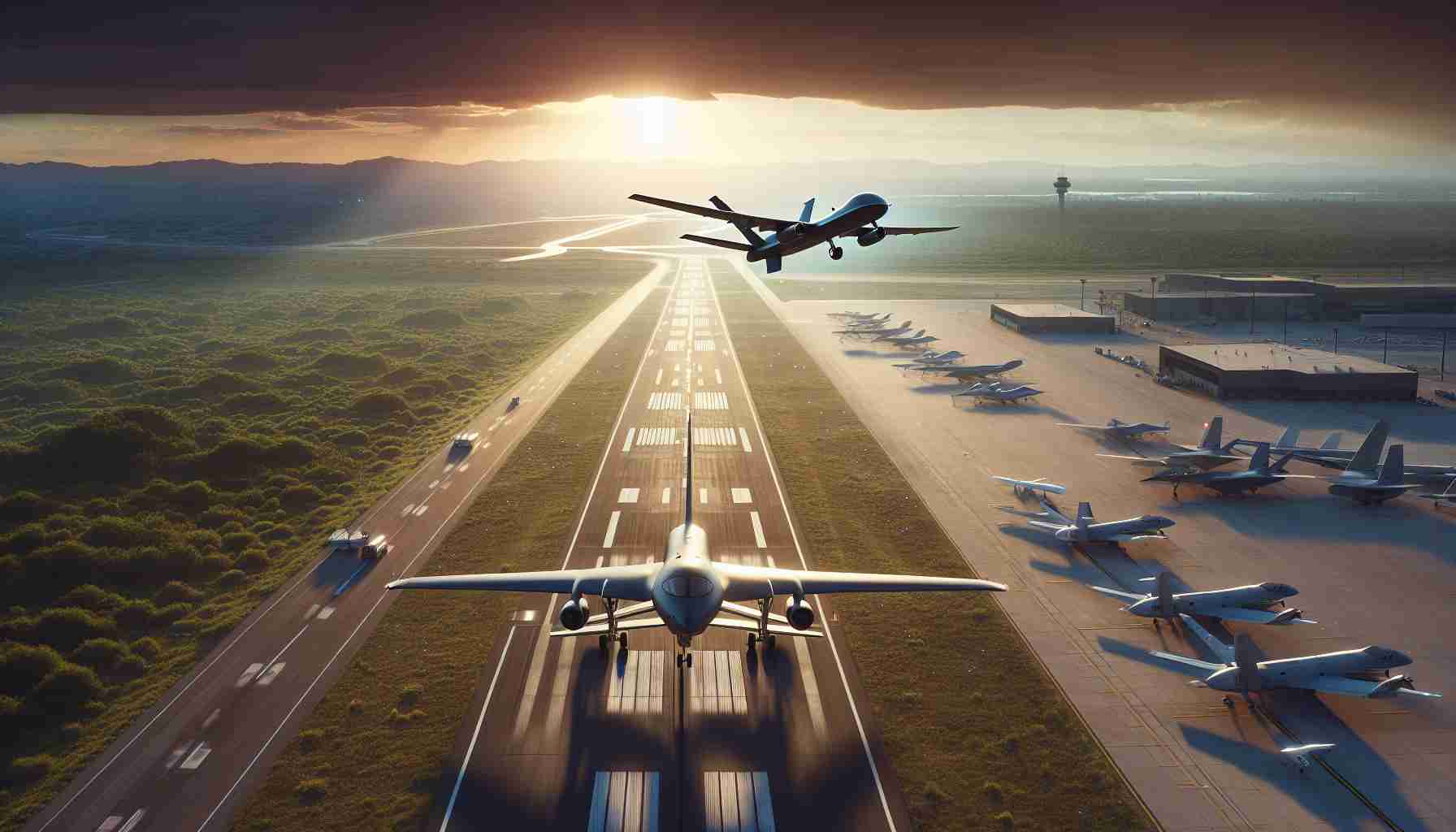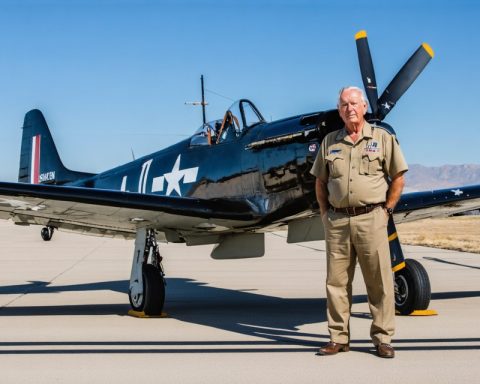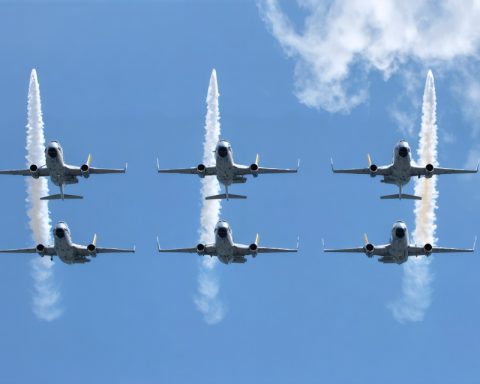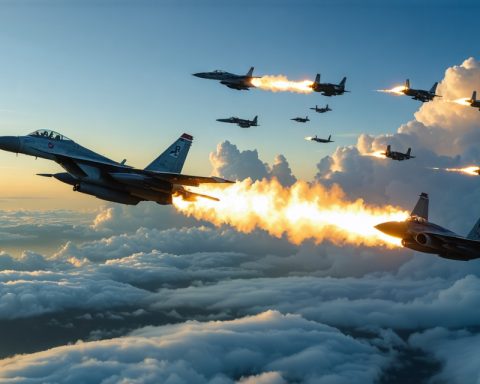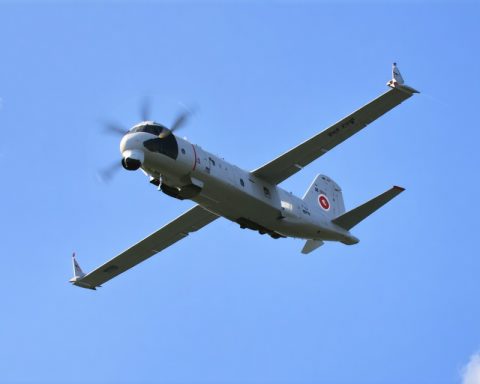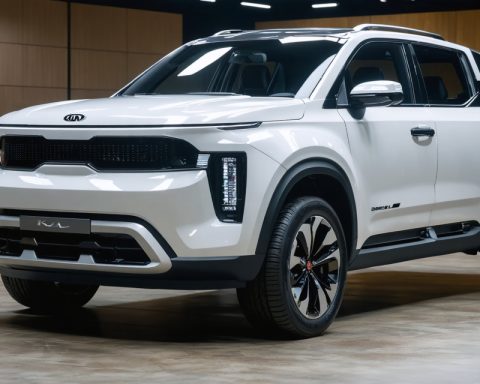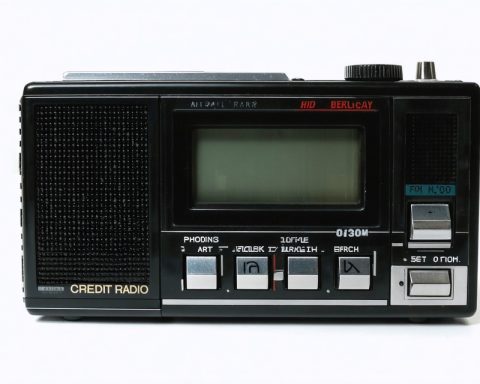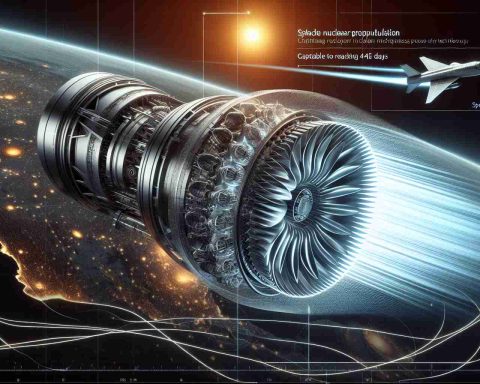Is the era of piloted fighter jets nearing its end? With the rapid development of autonomous technologies, the military landscape is at a potential turning point. Elon Musk has recently ignited debate surrounding the costly F-35 fighter jets produced by Lockheed Martin. The tech mogul’s interest in waste reduction across federal operations is now spotlighting whether armed forces still need expensive manned jets while drones are proving their worth in modern conflicts like those in Ukraine.
Lorenz Meier, CEO of Auterion, poses a critical question for defense industries: “Will large manned platforms remain relevant in a world where disposable unmanned systems can take their place?” Auterion is known for developing software that allows drone swarms to communicate autonomously. While traditional aircraft aren’t being phased out immediately, the evolving capabilities of unmanned systems suggest looming industry changes.
In the U.S., the Air Force recently delayed a decision on developing a new fighter jet under the Next Generation Air Dominance (NGAD) program, now expected by 2024. This decision awaits the incoming Trump administration’s direction, reflecting broader questions about the military’s future arsenal.
Programs like the UK-Italy-Japan Global Combat Air Program (GCAP) and the Franco-German-Spanish Future Combat Air System (FCAS) had initially anticipated a central role for manned jets surrounded by drones. Rapid drone advancements prompt a reevaluation of these plans, highlighting potential shifts in defense needs.
Despite discussions, experts believe it’s unlikely that piloted jets will vanish entirely. They bring unique capabilities that are hard to replicate with current unmanned technology, suggesting a balanced future integrating both manned and unmanned systems.
Are Autonomous Drones Set to Replace Piloted Fighter Jets?
As advancements in autonomous technology continue to accelerate, the debate intensifies on whether the age of piloted fighter jets is approaching its end. High-profile figures like Elon Musk have further fueled this discussion by questioning the necessity of expensive manned jets, such as the Lockheed Martin F-35, when drones are demonstrating significant capabilities in modern conflicts like those in Ukraine.
The Role of Autonomous Systems in Modern Warfare
Lorenz Meier, CEO of Auterion, emphasizes the transformative potential of autonomous systems. Auterion is at the forefront of developing software for drone swarms that can operate and communicate autonomously. This technology challenges the traditional dominance of large manned platforms by suggesting that more cost-effective and disposable unmanned systems could fulfill similar roles without risking human life.
Global Military Initiatives and Their Evolution
In response to these technological advances, several global military programs are revisiting their strategies. The U.S. Air Force’s delay in making decisions regarding its Next Generation Air Dominance (NGAD) program reflects an ongoing reassessment of its future arsenal under potential new leadership. The UK-Italy-Japan Global Combat Air Program (GCAP) and the Franco-German-Spanish Future Combat Air System (FCAS) have also recognized the need to integrate drones more prominently, revising initial plans that placed manned jets at the center supported by drones.
The Future of Piloted Jets: Integration Over Elimination
While autonomous drones offer numerous advantages, experts argue that piloted fighter jets are not likely to become obsolete. Manned aircraft possess unique attributes such as enhanced situational awareness and adaptability in unpredictable scenarios, which are difficult for current unmanned systems to match. Thus, the predicted future entails a balanced integration of both manned and unmanned systems, capitalizing on the strengths of each to achieve optimal military efficacy.
Insights and Innovations in Defense Technology
The defense landscape is rapidly evolving, with innovations in autonomous technology prompting military leaders to continually adapt. Pilotless aircraft are pushing the boundaries of what’s possible in modern warfare, and defense contractors are exploring ways to maximize the potential of these technologies while ensuring the critical advantages of manned systems remain available when necessary.
For more on developments in defense technology, visit Lockheed Martin and Auterion. These companies are at the forefront of shaping how autonomous systems will influence the future of military strategies globally.
